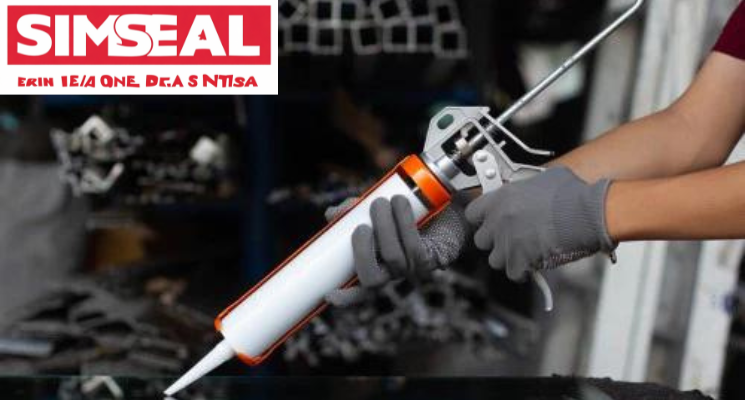The Ultimate Guide to Adhesives for Metal Surfaces – Expert Tips from Simseal Australia
When working with metal in construction, manufacturing, or DIY projects, achieving a strong, long-lasting bond is critical. Unlike porous materials, metal’s smooth, non-absorbent surface makes adhesion challenging—but with the right products and techniques, you can create durable, high-performance bonds.
At Simseal Australia, we specialise in industrial-grade adhesives for metal bonding in harsh environments. Whether you’re repairing machinery, fabricating structural steel, or sealing outdoor metal fixtures, this guide will help you choose the best adhesive for the job.
Why Metal Bonding Requires Specialised Adhesives
Metal surfaces (steel, aluminium, copper, etc.) resist bonding due to:
- Low porosity – Adhesives can’t penetrate the surface.
- Thermal expansion – Metals expand/contract with temperature changes.
- Exposure to moisture, chemicals, and stress – Requiring weatherproof, flexible solutions.
The right adhesive must compensate for these factors while maintaining strength over time.
Best Adhesives for Metal – Which One Should You Use?
1. Epoxy Adhesives (Highest Strength for Structural Bonds)
Best for: Steel, aluminium, and heavy-duty industrial applications.
Simseal’s Recommendation: Our industrial two-part epoxy provides unmatched shear strength and chemical resistance.
✅ Pros:
-
Extremely strong (ideal for load-bearing joints).
-
Resists heat, water, and harsh chemicals.
-
Fills small gaps for better adhesion.
❌ Cons:
-
Requires mixing (resin + hardener).
-
Longer curing time (24+ hours for full strength).
2. Cyanoacrylate (Instant-Bonding Super Glue)
Best for: Quick fixes on small metal parts (non-structural).
✅ Pros:
-
Bonds in seconds.
-
No mixing required.
❌ Cons:
-
Brittle under stress.
-
Poor gap-filling ability.
💡 Tip: Use Simseal’s metal primer first for better super glue adhesion.
3. Polyurethane Adhesives (Flexible & Weatherproof)
Best for: Outdoor metal bonding (roofing, gutters, automotive).
✅ Pros:
-
Stays flexible (absorbs vibration).
-
Waterproof & UV-resistant.
❌ Cons:
-
Slower curing (may need clamping).
Step-by-Step: How to Bond Metal Like a Pro
1. Surface Preparation (The Key to Success!)
-
Clean: Degrease with Simseal’s Metal Prep Solvent.
-
Roughen: Sand with 80-120 grit sandpaper.
-
Prime (if needed): Apply a metal adhesion promoter.
2. Applying the Adhesive
-
Follow manufacturer instructions (mix epoxy thoroughly).
-
Apply in a thin, even layer.
-
Use clamps for pressure (critical for epoxy/polyurethane).
3. Curing & Testing
-
Allow full cure time (don’t rush!).
-
Test bond strength before full load application.
Why Professionals Trust Simseal for Metal Bonding
Australian builders and engineers rely on Simseal because:
🔹 Our adhesives are tested in extreme conditions (heat, moisture, corrosion).
🔹 We specialise in construction-grade solutions—no weak retail formulas.
🔹 Technical support available—need advice? Contact our team.
FAQs – Metal Adhesive Questions Answered
Q: What’s the strongest glue for metal-to-metal?
A: Two-part epoxy (like Simseal’s Industrial Epoxy) is the strongest for structural bonds.
Q: Can I bond rusty metal?
A: Yes, but remove loose rust first and use a rust-inhibiting primer.
Q: How do I remove excess adhesive?
A: Use Simseal’s Adhesive Remover for clean, safe removal.
Need a High-Performance Metal Adhesive? Try Simseal!
Whether you’re working on a construction site, factory, or home project, Simseal has the right adhesive for your metal bonding needs.
Browse our range of metal adhesives today → Click here
Got a tricky bonding challenge? Contact our experts for personalised advice.


Recent Comments